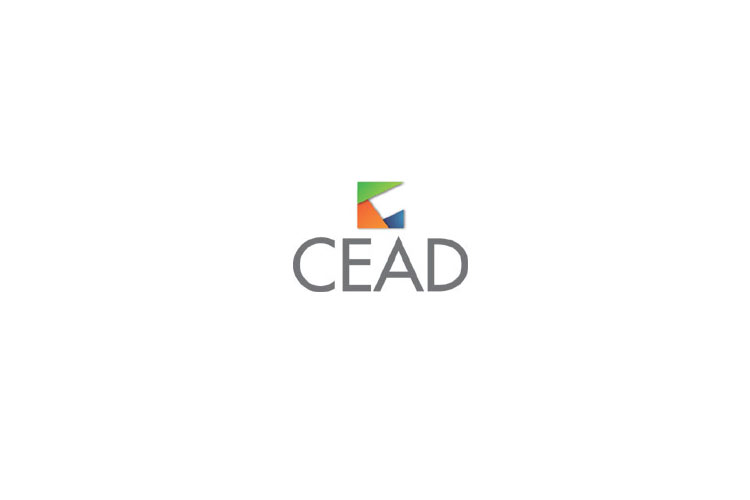After commercially releasing Mechanical design software CEAD last year, CADVision has announced a new major version with CEAD 2015 with new enhancements. This is bound to improve the process of “Phrasing” and “Synthesizing” that aids design engineers achieve their design goals quicker.
CEAD, a software that integrates CAD/CAE/math tools for conceptual design, is empowered with new features like curves, creation of linear and circular patterns, supporting DXF files, and a lot more.
It’s a constant endeavor of CADVision to create a software that can reduce overall product design cycle time. Manufacturing giant like Terex, with the help of CEAD, achieved 90% reduction with rave reviews.
“This new version addresses requests from the industry making it friendlier to new product design in mechanical, automotive and aerospace industries” said Siddharth Reddy, Director of CADVision Engineers. “We have come up with enhancements and new features that makes the design engineer’s life much more comfortable.”
New Features of CEAD 2015:
- CEAD now supports curves: CEAD enables the creation of curves and is simply achieved through a set of points. Geometrical constraints are supported on these control points.
- Multi-Level Groups is now supported.
- Local groups are now supported: Group files can now be saved locally in the main design file.
- Linear and circular patterns can be created.
- DXF files can be imported to CEAD and design files from CEAD can be exported as DXF files.
- Text alignment: Equations and texts can be aligned both to the left margin and vertically.
- Dynamic Simulation: The simulation of CEAD is much more evolved with “step size,” and “current value.” With the addition of new functions, “deltatime()”, and “delta(variable name)”, the change in time and change in the variable value per step is seen.
With its fast gaining popularity among the manufacturing companies and its German language interface, CEAD is one software solution to look at for product design and development. It will improve efficiency, reduce design cycle time and encourage innovation.


